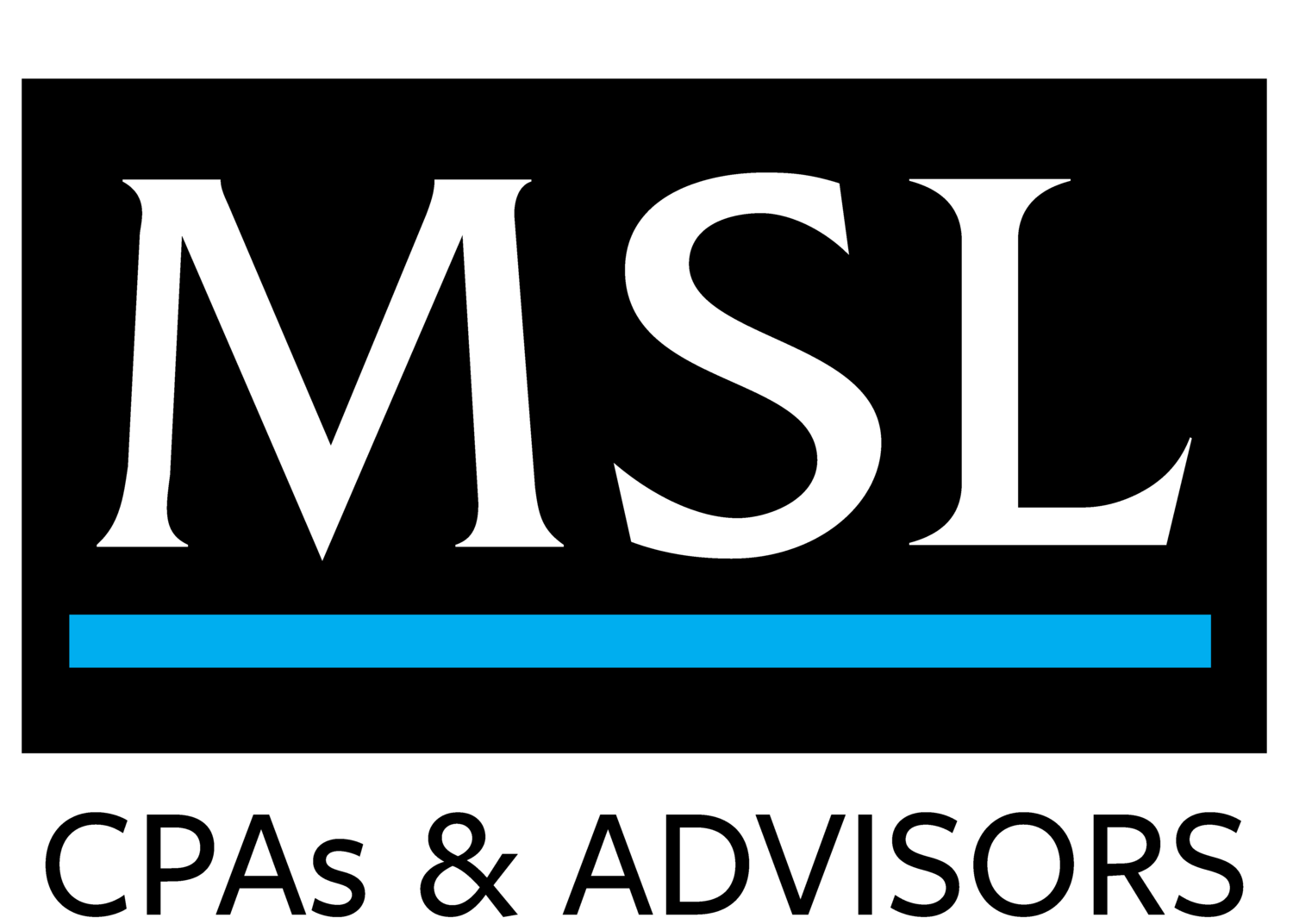PPS for Medicaid Approved
/As most of you may already know, the 2017-18 budget will implement the Nursing Home Prospective Payment System (PPS). The PPS Plan included in the budget places in statute the Senate PPS model with its quality components and transition period, with an implementation date of October 1, 2018. Although there are still several details to be determined, we wanted to briefly summarize for our readers some of the basics of the new system based on what is currently in the language.
Unlike the current system that calculates each provider’s rate based on their cost and current Fair Rental Value (FRV) calculation, the PPS model utilizes the following main components:
- Provider costs peer groups
- The new FRV system
- A new Quality Score component
- Continuing the Nursing Home Quality Assessment
Provider Costs
Provider costs will be grouped into two peer groups, South Florida and the rest of the state, to establish cost medians for each peer group in Operating, Direct and Indirect Care base rate components. Although most of the current cost mapping will be maintained, some costs will be shifted to move all therapy and dietary costs to Direct Care; other ancillary cost centers to Indirect Care; and Medical Records to the Operating component. Annual cost reports will continue as the source of the cost information. Each component will have an established price and spending floor based on the medians as follows:
- Direct Care Price: 100% of Cost Median
- Direct Care Floor: 95% of Direct Care Price
- Indirect Care Price: 92% of the Cost Median
- Indirect Care Floor: 92.5% of Indirect Care Price
- Operating Price: 86% of the Cost Median
- Operating Floor: None - Every provider will receive the same price regardless of spending
New FRV System
The new FRV system will change the property component for individual facilities based on the “economic value” of a provider’s total building and assets and allow providers to add new assets and renovations going forward as they update and improve their facilities. The current FRV system only allows for new assets to be added and also bases the reimbursement on the cost of capital rather than the cost of the assets. The “Economic Value” of a facility will depend on the size of the facility, the relative ages of the building and equipment, a 10% allowance for land usage, and the occupancy level. A Fair Rental Rate (currently 8%) will then be applied to calculate the FRV rate for each provider.
New Quality Score Component
A new Quality Score component will be implemented to incentivize improved resident care. With 6% of total funding paid based on achieving quality measures. Providers who earn this quality payment will gain, on average, an additional $15.14 per Medicaid day for providing high-quality care. It is important to note that Quality component will be a pool of funds distributed annually based on the total number of quality points earned by facilities each year that meet the minimum threshold. Benchmarking your performance on these measures will be paramount to securing a higher rate. The Quality Measures include direct care and activities and social work staff, overall star rating from the Centers for Medicare and Medicaid Services (CMS), CMS long-stay Quality Measures and awards/accreditations. This component of the rate is based on the allocation of a total pool of funds distributed to providers based on their scoring on a 40-point system and meeting a minimum threshold of the 20th percentile of all providers. Providers who fail to meet the minimum threshold will receive $0 for this rate component.
Nursing Home Quality Assessment (NHQA)
The NHQA rate component will continue to be calculated as it is today. However, the Medicaid Add-on portion of the NHQA that everyone currently receives will not be continued as those funds will be used to partially fund the new Quality add-on.
Other Issues
Also, included in the PPS budget is a five-year transition period to cover losses of those centers facing reimbursement reductions. Funds will be directed as special payments over a three-year period for holding harmless those centers experiencing rate reductions under the new system. At the end of three years, all centers’ reimbursements rates would be rebased using updated cost reports. In years four and five centers still projected to lose funding under the new plan would see those losses capped at 5% less than their cost-based rates resulting from rebasing. In addition, any built-up, recurring Medicaid dollars from the phase out of transition payments would be added to the Quality and Direct Care line items to fund staffing and quality advancements.
As mentioned, there are many variables still to be determined in the development of the new Agency for Health Care Administration PPS Plan for Long Term Care including cost reports, audits, changes of ownership and new facilities, This summer, MSL will continue to monitor the PPS transition and publish new details as they become available. Stay tuned for more!
Stanley W. Swindling, JR. CPA, MBA, - Shareholder, MSL CPAs and Advisors
Lorne Simmons, - Healthcare Manager, MSL CPAs and Advisors
This article was originally published in the June edition of Florida Health Care Association’s Pulse Newsletter







